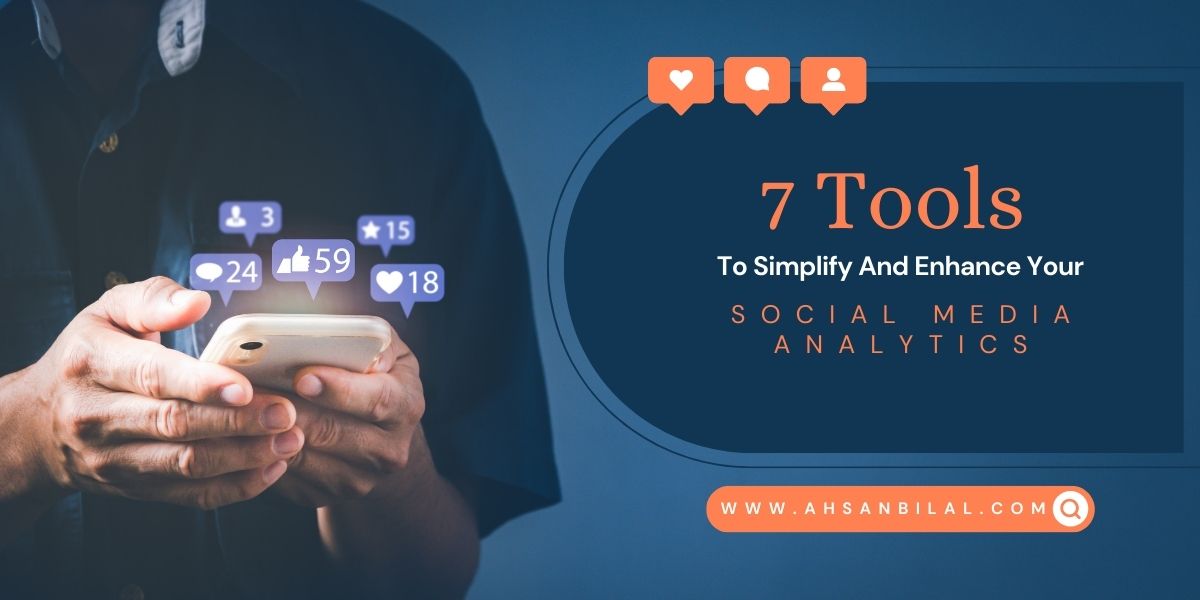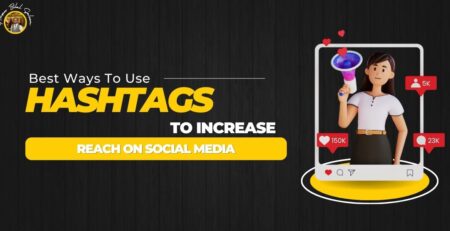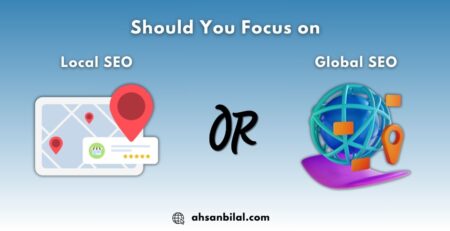The Importance Of Image SEO And How To Do It Right
In the world of digital marketing, SEO (Search Engine Optimization) is often associated with keywords, Meta descriptions, and backlinks. However, an often overlooked but equally vital aspect of SEO is image optimization. Images play a crucial role in enhancing user experience, improving engagement, and driving traffic to your website. This article delves into the importance of image SEO and provides practical tips on how to do it right.
Why Image SEO Matters
- Enhanced User Experience
Images are powerful tools for capturing attention and conveying information quickly. They separate the text, making content really captivating and more straightforward to process. A well-optimized image can enhance the overall user experience, leading to longer time spent on your website, lower bounce rates, and higher conversion rates.
- Improved Page Load Speed
Huge, unoptimized pictures can altogether dial back your site’s stacking speed. Page speed is a critical ranking factor for search engines like Google. Optimizing images by reducing their file size without compromising quality can improve load times, leading to better search engine rankings and a more pleasant user experience.
- Increased Visibility in Search Engines
Properly optimized images can rank in Google Image Search, offering another avenue for driving organic traffic to your website. By appearing in image search results, your website can reach a broader audience, particularly for visually-driven content and products.
- Enhanced Accessibility
Optimized images with descriptive alt text make your website more accessible to users with visual impairments who rely on screen readers. This not only improves the user experience for all visitors but also aligns with web accessibility standards, which can positively impact your SEO.
- Better Social Media Engagement
Images optimized with appropriate titles and descriptions can enhance social media sharing. When your content is shared, these optimized images can provide context and attract more clicks, increasing your reach and engagement on social platforms.
How to Optimize Images for SEO
- Choose the Right File Format
Different image formats serve different purposes. JPEG is best for photographs and complex images due to its balance of quality and file size. PNG is ideal for images requiring transparency and graphics with fewer colors. WebP is a modern format that offers superior compression and quality, making it an excellent choice for web images.
- Compress Images
Reducing the file size of images without sacrificing quality is crucial for improving page load speed. Use tools like TinyPNG, ImageOptim, or online services like Compressor.io to compress your images before uploading them to your website.
- Use Descriptive File Names
Web indexes use record names to grasp the substance of your pictures. Use descriptive, keyword-rich file names that accurately reflect the image’s content. For instance, rather than utilizing “IMG_1234.jpg,” use “brilliant retriever-puppy.jpg.”
- Optimize Alt Text
Alt text (alternative text) provides a description of the image for screen readers and search engines. Write clear, concise, and descriptive alt text that includes relevant keywords. Be that as it may, keep away from watchword stuffing and spotlight on precisely portraying the picture.
- Create Informative Image Titles
Image titles appear when a user hovers over the image. While not as crucial for SEO as alt text, they can enhance user experience. Use image titles to provide additional context, but keep them brief and relevant.
- Utilize Captions
Captions can provide context and additional information about the image. They are particularly useful in blogs and articles, helping to explain the image’s relevance to the content. Well-written captions can engage readers and keep them on your page longer.
- Implement Structured Data
Organized information, or diagram markup, assists web indexes with figuring out the substance of your pictures. Implementing structured data for images can enhance their visibility in search results and enable rich results like image carousels. Use tools like Google’s Structured Data Markup Helper to add schema markup to your images.
- Use Responsive Images
With the increasing use of mobile devices, ensuring your images are responsive is essential. Utilize the srcset quality in your HTML to give different picture sizes to various gadgets. This ensures that users see the best version of your image regardless of their screen size.
- Optimize Image Sitemaps
An image sitemap provides search engines with metadata about the images on your site, making it easier for them to index your images. Include important images in your sitemap and provide additional information such as the image’s subject matter, license information, and geographical data if applicable.
- Monitor and Analyze Image Performance
Regularly monitor the performance of your images using tools like Google Analytics and Google Search Console. Analyze metrics such as page load speed, image search traffic, and user engagement to identify areas for improvement. Continuously optimizing your images based on data insights will help maintain and improve their SEO performance.
Conclusion
Image SEO is an integral part of a comprehensive SEO strategy. By optimizing images, you can enhance user experience, improve page load speeds, increase visibility in search engines, and drive more organic traffic to your website. Implementing the best practices outlined in this article will ensure your images contribute positively to your overall SEO efforts, helping you achieve better search rankings and greater online success. Remember, every detail matters in SEO, and optimized images are a powerful tool in your digital marketing arsenal.










